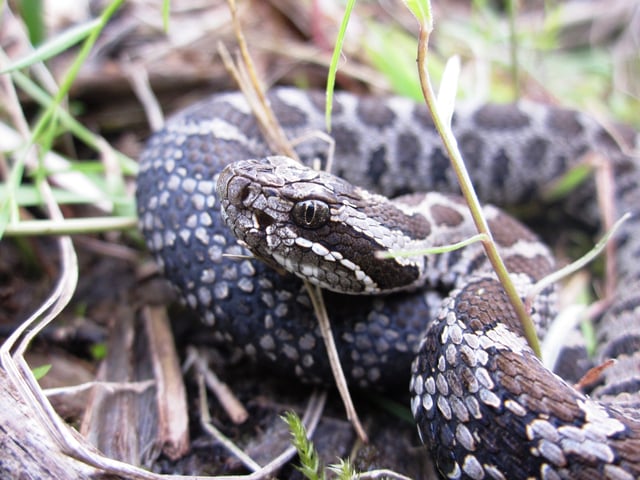Overview
- A 15-year collaborative field study reconstructed pedigrees for more than 1,000 Eastern Massasauga rattlesnakes across Michigan wetlands
- The most inbred snakes were about 13% less likely to produce surviving offspring and had nearly a 12% lower annual survival rate compared to less related individuals
- Roads, farms and development have fragmented wetland habitats, isolating populations and elevating inbreeding risk
- Researchers used PIT tagging, morphometric measurements and whole-genome sequencing to directly measure fitness effects in a wild venomous species
- Study authors recommend restoring habitat connectivity and trialing managed translocations to increase gene flow and reduce inbreeding depression
